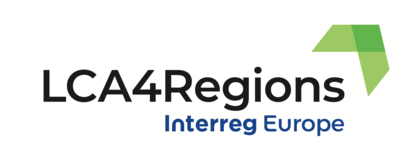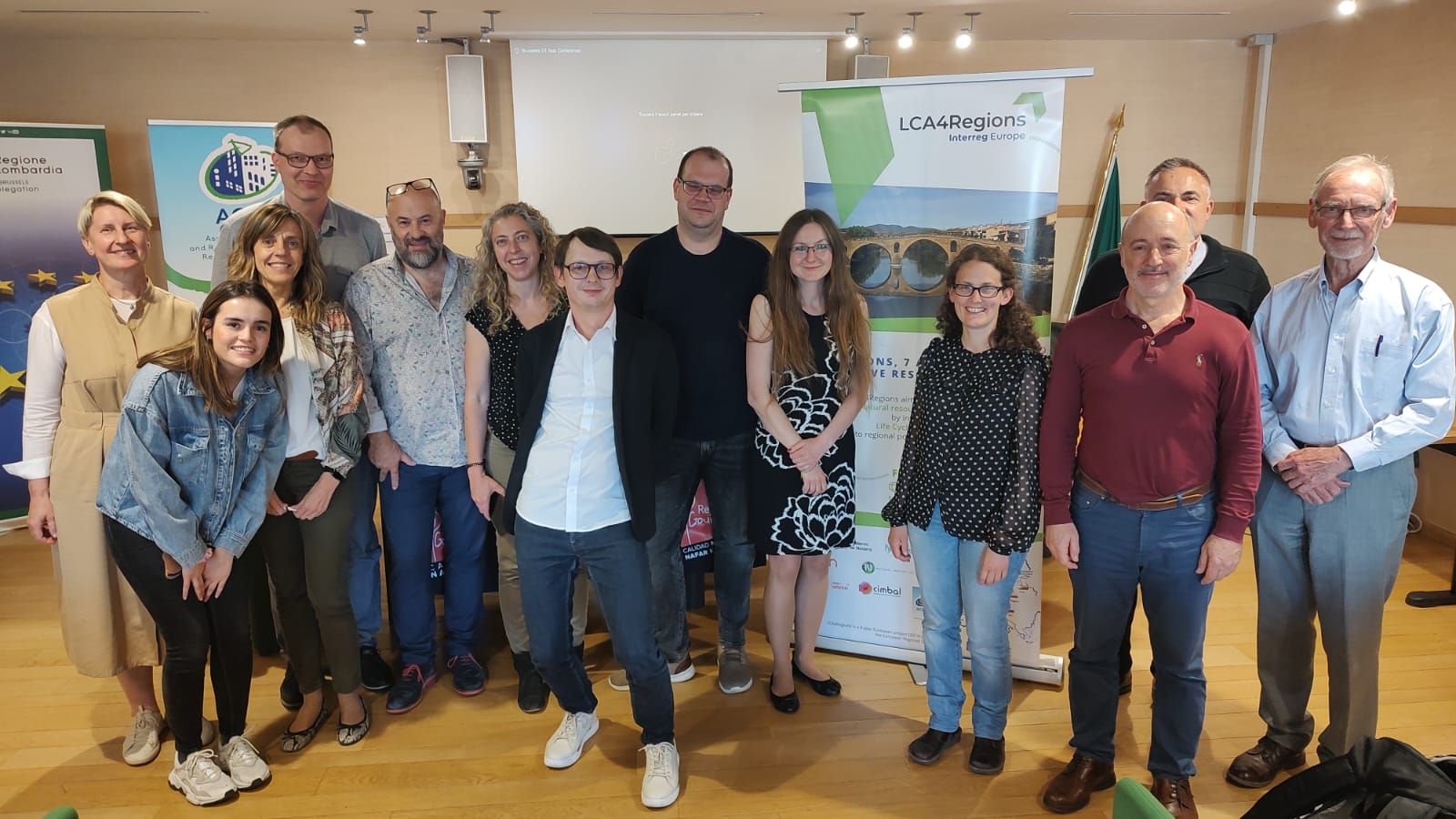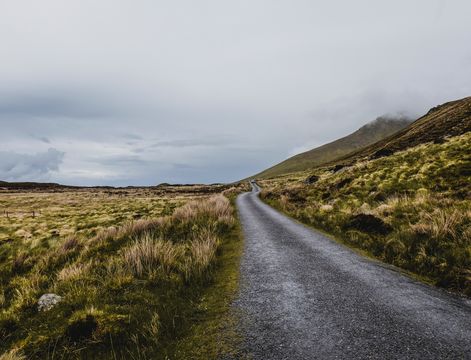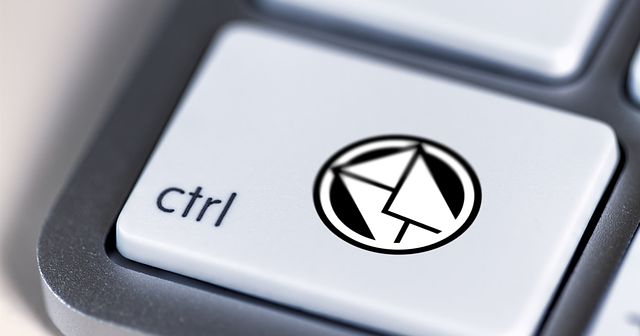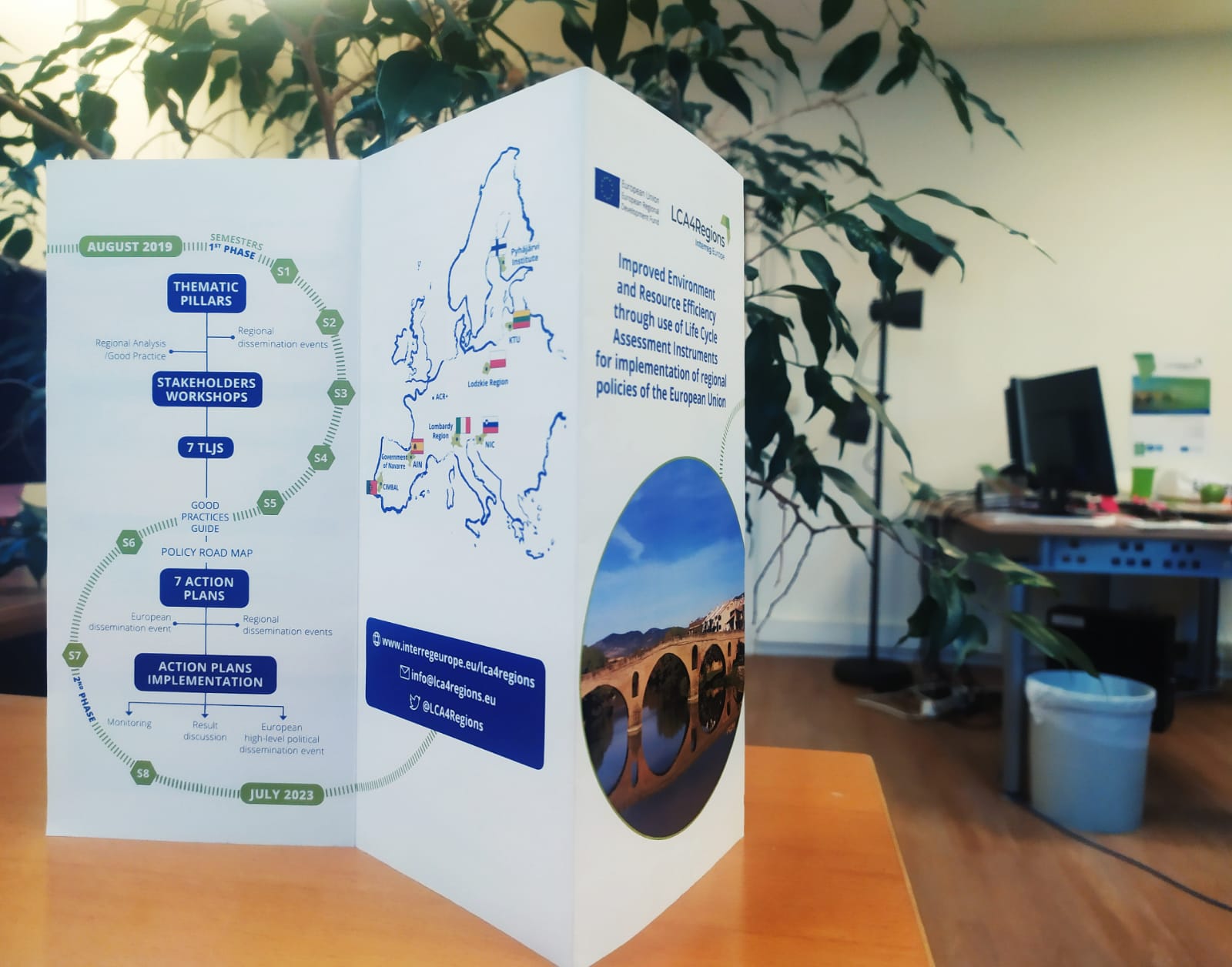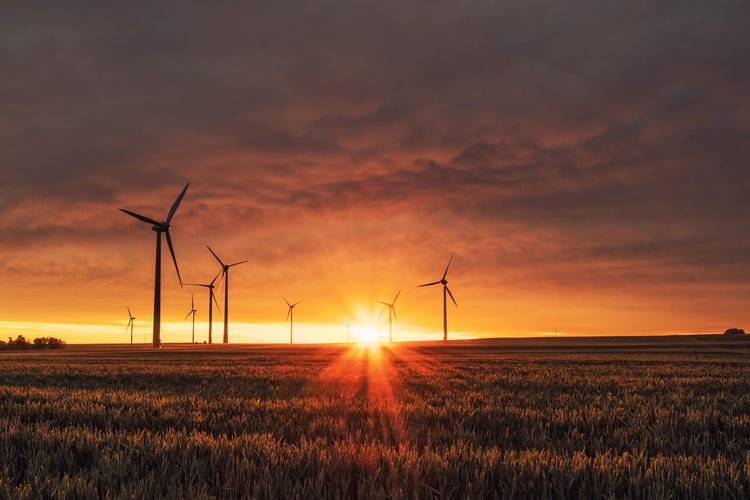Background
The global footprint of Finnish consumption is the biggest challenge for sustainable development. Finland is dependent on foreign raw materials. Poor sustainability indicator status is notified in dead wood in forests and high nature value farmland. Phosphorus and nitrogen loads on the Baltic Sea from Finnish rivers are high. Alarming indicator status is given for greenhouse gas emissions and removals and natural resource/raw material consumption and breakdown.
Notification of waste hierarchy is generally at the good level in Finland. However, to be notified also, is waste creation and diminished use of raw materials.
To improve
Regional plans and programmes
Regional Plans, such as Regional Programme of Satakunta, is a general document, and includes less concretion.
National-based licensing operations slow, material do not meet (location/amount/quality). Notifications about waste creation and diminished use of raw materials could be better indicated at policy level.
Waste incineration operates by market-driven basis. Nine big incinerators in Finland and several smaller units operate at the moment. Capacity is not enough, and waste is transported to Sweden and Estonia, as well. No long-term environmental thinking.
Policies for subsidies utilisation (market & environmental issues - driven) should be developed.
The existing networks, such as FISU (Finnish sustainable communities) and HINKU (Towards Carbon Neutral Municipalities) should be further supported, as well as Green procurement strategies (earmarked support for green procurements) and Green urban planning (such as public transport, industrial symbioses with efficient side stream utilisations).
Difficulties in managing all the influences, LCA unclear and challenging, companies reluctant to share ideas.
Regulatory framework
Regulatory framework is based on national legislation. LCA is more regularly taken into consideration under preparative processes of new legislation. Processes are slow.
